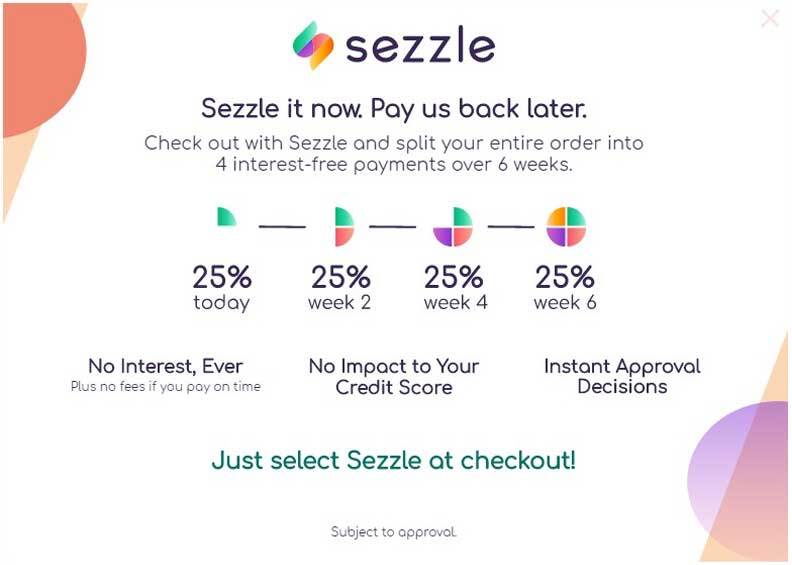Description

Chemical Name: Bimatoprost (By-Matoh-prohst)
LUMIGAN (Bimatoprost) is an ophthalmic medication prescribed to reduce intraocular pressure in patients who have narrow-angle glaucoma or ocular hypertension. Ophthalmic medications are medications that are dropped directly into one or both eyes.
Narrow-arrow glaucoma and ocular hypertension are conditions where the fluid pressure is too high in one or both eyes. High pressure over long periods can lead to damage to the sensitive nerve of the eye. This eventually results in vision impairment or loss.
Bimatoprost works by mimicking a type of natural hormone called a prostaglandin. Prostaglandins lower pressure in the eye by increasing how much aqueous humor (fluid) flows out of the eye.
Directions
Instill one drop into the affected eye(s) once daily in the evening.
Ingredients
The active ingredient in LUMIGAN is bimatoprost, which is also the name for LUMIGAN generic.
Inactive ingredients include benzalkonium chloride, citric acid, hydrochloric acid, purified water, sodium chloride, sodium hydroxide, and sodium phosphate.
| Fact Table |
| Formula |
C25H37NO4 |
| License |
EU EMA, US FDA |
| Bioavailability |
Low |
| Legal status |
RX Only |
| Chemical Name |
Bimatoprost |
| Elimination half-life |
45 minutes after application |
| Dosage (Strength) |
0.01% (3 mL, or 9mL), 0.03% (3 mL, or 9mL), 0.03% (0.4 mL, 30 ampules) |
| Pregnancy |
Consult a doctor |
| Brands |
Lumigan |
| Protein binding |
88% |
| PubChem CID |
5311027 |
| MedlinePlus |
a602030 |
| ChEBI |
51230 |
| ATC code |
S01EE03 |
| DrugBank |
DB00905 |
| KEGG |
D02724 |
| Routes of administration |
Eyedrops |
Cautions
LUMIGAN and similar medications (prostaglandins) can cause changes in eyelash length, thickness, and number. These effects are usually reversible once the medication has been stopped.
LUMIGAN and similar medications (prostaglandins) can cause permanent changes to the pigment of the iris and tissue around the eyelid. This effect is more pronounced in people with light-colored eyes.
Do not touch the tip of the eyedropper to the surface of the eye or other non-sterile surfaces. Doing so may cause microbial contamination of the bottle, which can lead to eye infections.
If you use other eye medications, separate administrations by at least 5 minutes.
Side Effects
Adverse effects when taking LUMIGAN are generally rare, but there is a wide range of effects that can occur when taking it. Let your doctor know if you experience any of the following adverse effects:
- Abnormal hair growth
- Allergic conjunctivitis
- Asthenopia
- Blepharitis
- Cataract
- Conjunctival edema
- Conjunctival hemorrhage
- Conjunctival hyperemia
- Dryness
- Eye discharge
- Eye pain
- Eyelash darkening
- Eyelid erythema
- Foreign body sensation
- Growth of eyelashes
- Increased iris pigmentation
- Ocular burning
- Ocular irritation
- Ocular pruritus
- Photophobia
- Pigmentation of the periocular skin
- Superficial punctate keratitis
- Tearing
- Visual disturbance
References
- Lumigan [package insert]. Irvine, CA: Allergan (2010).
- Ocular Hypertension, American Academy of Ophthalmology, April 8th, 2020. Retrieved May 2020.
Frequently Asked Questions about Lumigan
What is Lumigan used for?
Lumigan is used to treat glaucoma and lower high eye pressure.
Why is Lumigan so expensive?
Lumigan is expensive due to its high cost of production, research and development costs, insurance coverage limitations, price-gouging by pharmaceutical companies, and limited generic substitutions.
Does Lumigan need to be refrigerated?
No, Lumigan does not need to be refrigerated. It should be kept at room temperature.
Why is Lumigan taken at night?
Lumigan is taken at night because intraocular pressure (IOP) is higher in the dark than in light, and IOP reduction by Lumigan was significantly greater during the night than during the day.
Is Lumigan as good as Latisse?
Both Lumigan and Latisse contain the same active ingredient, Bimatoprost. Lumigan is used to treat glaucoma and is used off-label for eyelash growth, while Latisse is FDA-approved for increasing eyelash growth.
How long does it take for Lumigan to grow eyelashes?
It usually takes about 4 to 5 weeks to notice the result of eyelash growth after the application of Lumigan.
Who should not use Lumigan?
Lumigan should not be used by individuals who are allergic to bimatoprost, have a swelling or infection in the eye, have had a retinal detachment, or have had eye surgery or injury affecting the lens of the eye. It is also not approved for use by anyone younger than 16 years old.
What is the common side effect of Lumigan?
The most common side effects of Lumigan include eye redness, increased eyelash growth, itchy eyes, and changes in the color of the eyes or eyelids and lashes.
What happens if I use too much Lumigan?
Using too much Lumigan can make it less effective in lowering the pressure inside the eye. It can also cause a “rebounding” effect, where blood flow slows or stops, causing a cycle of persistent redness and irritation.
What drugs interact with Lumigan?
There are 7 drugs known to interact with Lumigan, including bimatoprost topical, latanoprost ophthalmic, latanoprostene bunod ophthalmic, omidenepag isopropyl ophthalmic, tafluprost ophthalmic, travoprost ophthalmic, and unoprostone ophthalmic.
About Dr. Conor Sheehy (Page Author)
Dr. Sheehy (BSc Molecular Biology, PharmD) works a clinical pharmacist specializing in cardiology, oncology, and ambulatory care. He’s a board-certified pharmacotherapy specialist (BCPS), and his experience working one-on-one with patients to fine tune their medication and therapy plans for optimal results makes him a valuable subject matter expert for our pharmacy. Read More....
IMPORTANT NOTE:
The above information is intended to increase awareness of health information and does not suggest treatment or diagnosis. This information is not a substitute for individual medical attention and should not be construed to indicate that use of the drug is safe, appropriate, or effective for you. See your health care professional for medical advice and treatment.
Product Code : 2333




